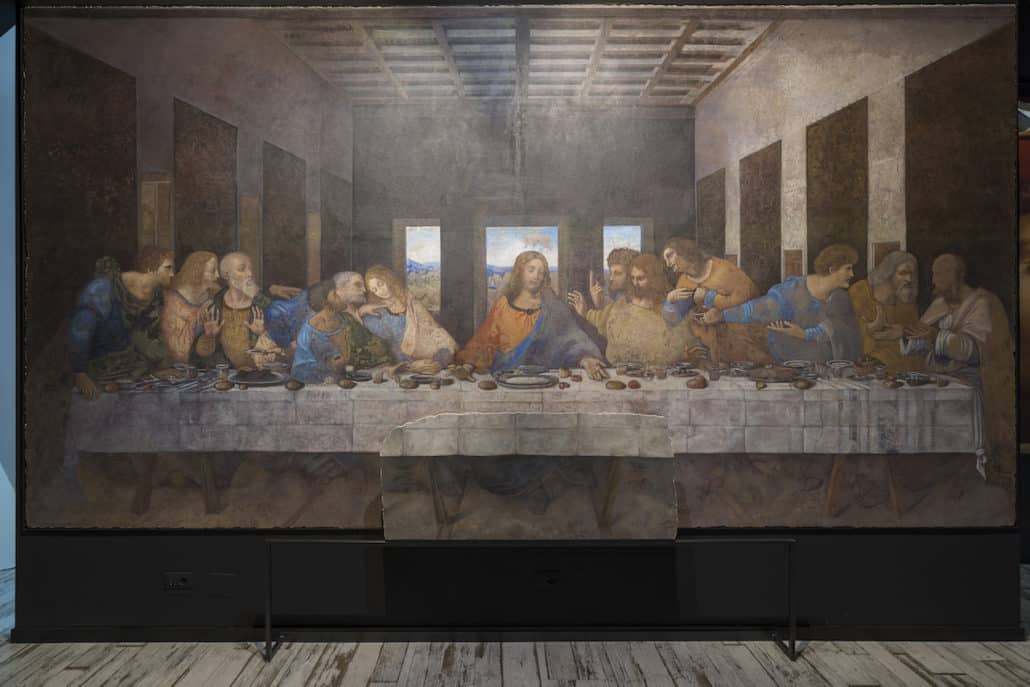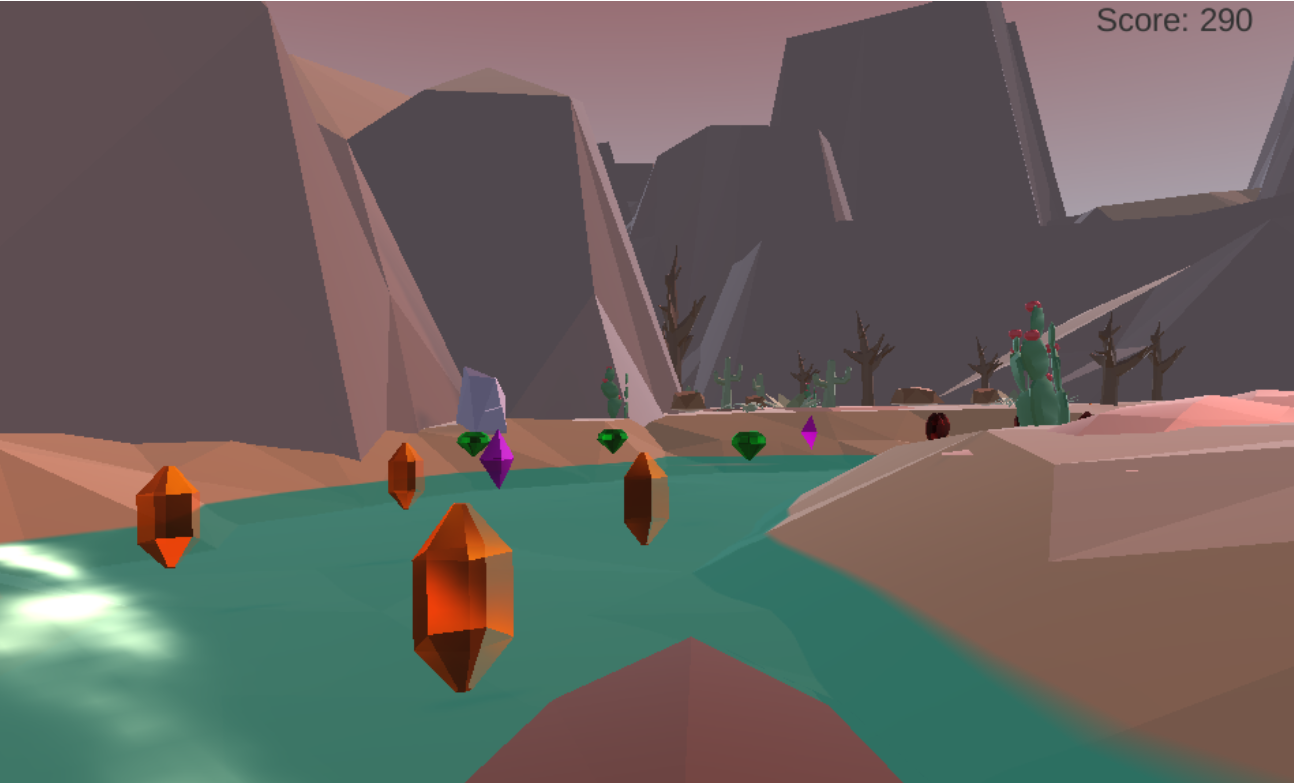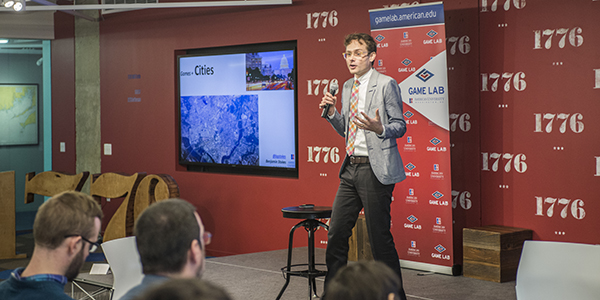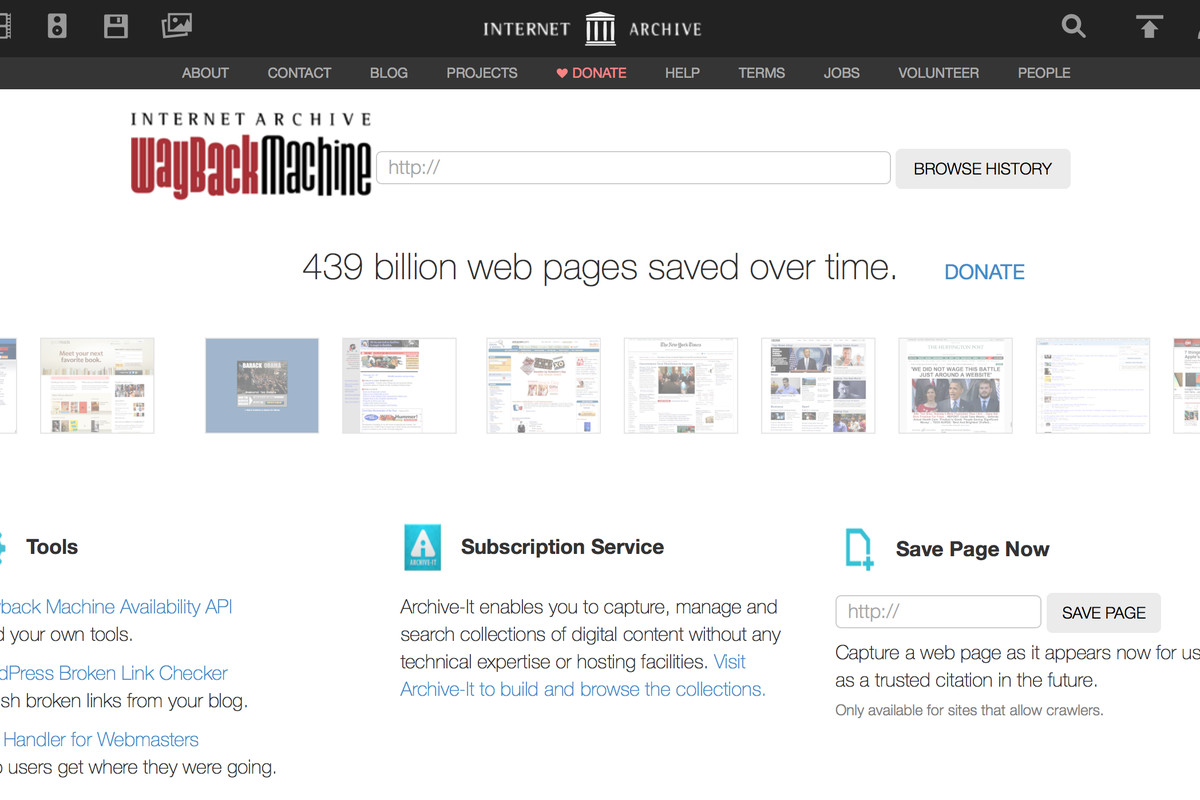Apologies for the delayed post this week. I am in Italy on vacation and so getting the time to post has been less than easy. The first leg of the trip in Rome there was simply too much to see and do. Thankfully, now that we are taking it easy, I have time to sit down and write this. Everyone was telling my husband and I not to go to Rome in August because it is particularly hot, but the plus side is that all the hotels are extra cheap and there are less tourists than usual. One of the things that fascinated me the most in Rome was seeing a Leonardo da Vinci exhibit near our hotel at Piazza Poppollo.
The da Vinci exhibit got me thinking about a lot of things. I actually picked up a biography about the man which I am still reading through today, and it is immensely fascinating. However, I didn’t need a book about his life to identify da Vinci as a multi-passionate individual, so it was easy for me to understand his interest in many different fields, from science to nature to art. The Ted Talk by Emilie Wapnick (I also linked to it in a previous post) described Leonardo da Vinci perfectly. He kept over seven thousand notes in his journals, jotting down everything from to-do lists to random observations to inventions to drawings of everyday life. If da Vinci got bored with one research project, he switched to another with equal fervor. The man also became fascinated with the most random things, such as the tongue of a woodpecker. This led to many perceiving him as weird.

Society recognizes da Vinci as a genius with insatiable curiousity and incredible talent. The sheer amount of inventions and artworks featured in the exhibit blew me away. Yet a thought kept nagging at the corner of my mind. The more I read about the man, the more I wondered. If da Vinci had been born in the 21st century, would we still regard him as a genius? Would globalization and the internet be a hindrance or a help? Would the world even know his name?
I believe that if da Vinci was born in the 21st century, nobody would have ever known of his genius. While the internet may at first seem a boon to a man like da Vinci, it is also a rabbit hole for endless distraction. We know from descriptions written about him by friends that da Vinci was a distractable man. The man had many inventions tossed aside, such as scuba diving gear that was never usable by an actual diver. Luckily for him, this didn’t mater because there was plenty of other things for da Vinci to learn and discover. There was no need to spend a decade deep diving into a subject like specialists do today. That is because 500 years ago most subjects didn’t have much material to learn yet. After all, fields like medicine, natural science, and psychology were just being defined at that time.

There is another reason I believe society would not recognize da Vinci as a genius in the modern day. That is marketing. Combining globalization with the internet means we have a world where everyone is competing for attention. I doubt marketing would have appealed to him. I definetely can’t imagine him devoting time to analzying Google’s search algorithm. Not when there are so many other interesting things to learn and discover. People learn marketing because they want to be seen and discovered. Yet da Vinci was only discovered because he was commissioned by wealthy patrons to make art and invent devices. Because of the money he earned, he could afford to pursue his curiosities. This was mentioned several times in the exhibit. This is what he really wanted.
Obviously there is no way to prove to you for sure if da Vinci would be recognized by society as a genius in the 21st century. The broader point I wanted to make is how much more difficult it is today as a multi passionate individual. Every field today has specialities with sub specialties on top of them, and most of them takes years to master. The only way to master multiple specialties is to become a workaholic, such as Musk who famously stated he works 120 hours a week. That is not sustainable, or healthy. Ultimately, being born as a multi-passionate individual in the 21st century can feel like being dealt a tough hand.

Still, I like to think we can take some solace in the fact that, even someone as brilliant as da Vinci might have been overlooked in todays information overloaded world. At least for me, when I am feeling insecure, I find it a comforting and reassuring thought.
If you enjoyed this article, consider following me on Twitter @nadyaprimak or if you need more tips on breaking into the tech industry, you can read my book “Foot in the Door”.













































